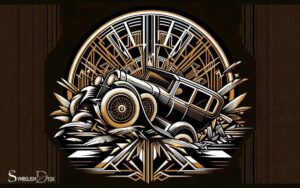German Car Symbols and Names: Performance!
German cars are renowned for their engineering excellence, performance, and history. The most recognizable German car brands include Volkswagen, BMW, Mercedes-Benz, Audi, and Porsche.
Each of these brands has a unique symbol that reflects its heritage and identity:
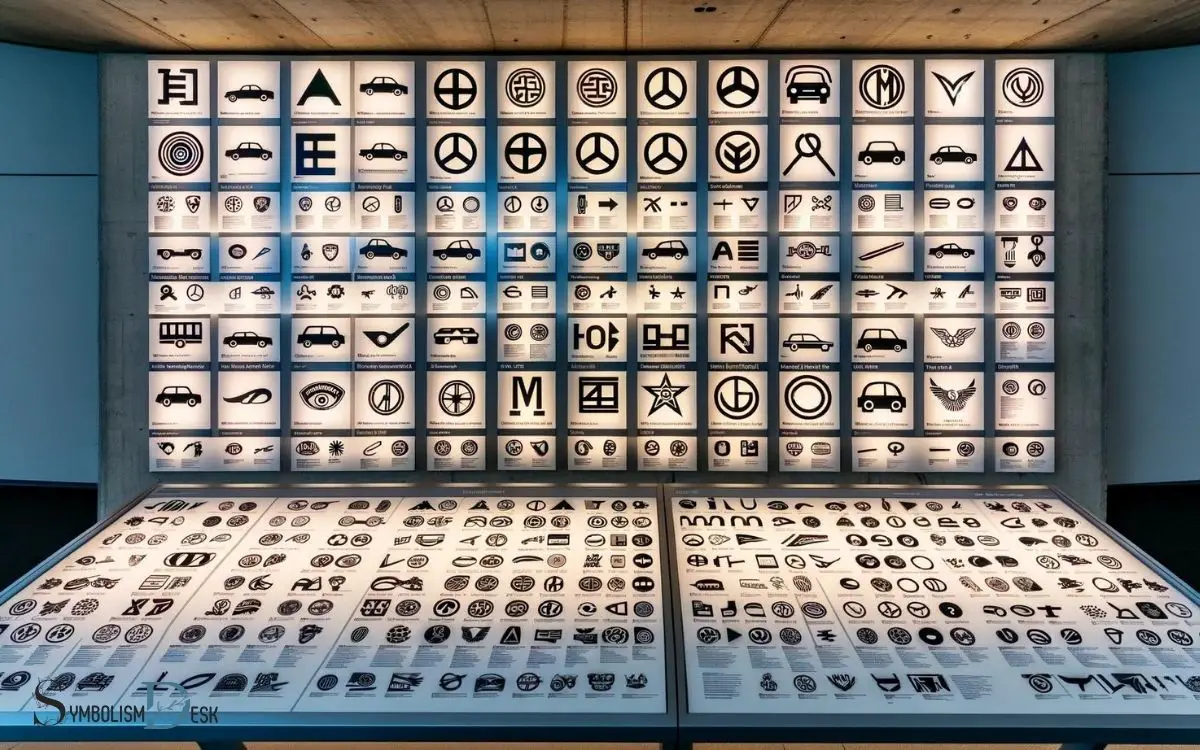
Key Takeaway
Origins of German Car Symbols
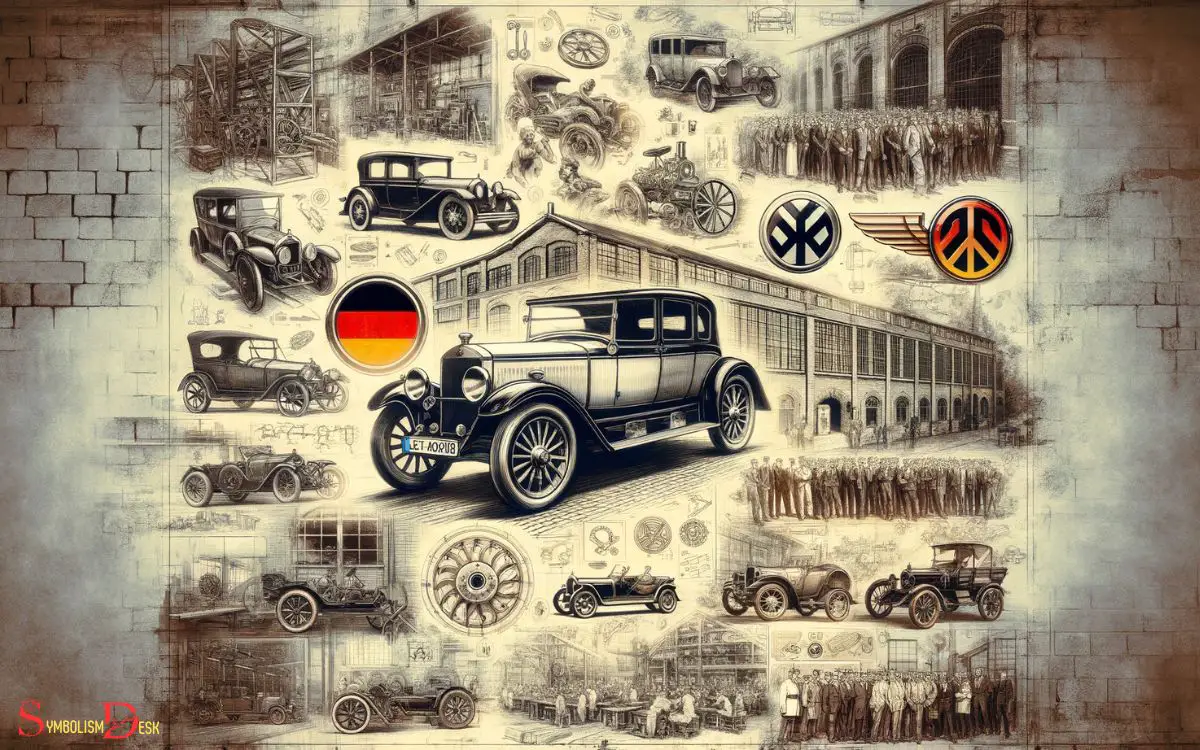
While it is widely known that German car symbols are iconic and instantly recognizable, the origins of these symbols can be traced back to the early 20th century. The symbols of German car manufacturers often have historical significance or tie-ins to the company’s origins.
For example, the iconic four interlocking rings of Audi represent the 1932 merger of four previously independent motor-vehicle manufacturers: Audi, DKW, Horch, and Wanderer.
Another renowned emblem is the three-pointed star of Mercedes-Benz, symbolizing the company’s ambition to dominate land, sea, and air.
These symbols are not just random designs but hold deep meanings connected to the heritage and values of the car manufacturers, creating a sense of tradition and legacy for the brands.
Evolution of Car Brand Names
Over time, car brand names have undergone significant changes influenced by historical events, cultural shifts, and global market demands.
The evolution of these names reflects the dynamic nature of the automotive industry and the need for brands to stay relevant and appealing to consumers.
From the historical naming influences to the modern shifts in brand names, the evolution of car brand names is a captivating journey that unveils the intricate interplay of tradition, innovation, and market dynamics.
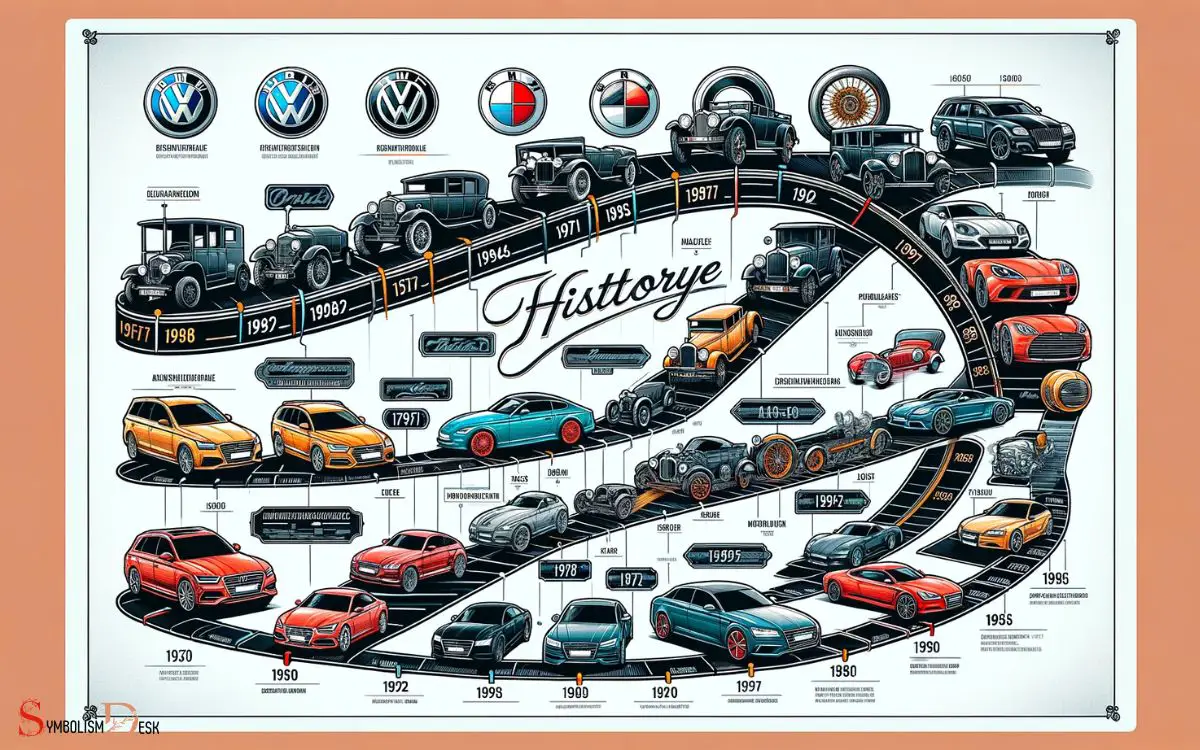
Historical Naming Influences
The evolution of car brand names in Germany has been influenced by historical factors, shaping the symbols and names associated with these iconic vehicles.
The historical naming influences of German car brands include:
- Family Names: Many German car manufacturers were founded by families, and their names were incorporated into the brand, such as Porsche and Mercedes-Benz.
- Geographical Locations: Some brands were named after the geographical locations of their founding, like Bavarian Motor Works (BMW) and Audi, which is derived from the Latin translation of the founder’s surname, “Horch,” meaning “listen.”
- Technical Innovations: Brand names often reflect technical innovations, as seen in Volkswagen, which translates to “people’s car” in German.
- Historical Events: Some car brands are named after historical events or figures, like Opel, named after its founder Adam Opel.
These historical influences have left a lasting impact on the names and symbols of German car brands, reflecting the rich history and heritage of the automotive industry. This historical foundation has paved the way for modern brand name shifts.
Modern Brand Name Shifts
Modernizing brand names reflects the evolving trends and market demands in the German automotive industry, necessitating careful consideration and strategic adaptation.
Many German car manufacturers have undergone brand name shifts to align with contemporary preferences.
For example, Bayerische Motoren Werke AG, known as BMW, has retained its original acronym but has embraced English branding to cater to an international audience.
Similarly, Audi’s nomenclature transitioned from using a combination of numbers and letters to simply using the model numbers. This shift aims to streamline their branding and make it more accessible.
These adaptations not only reflect the globalization of the automotive market but also demonstrate the importance of staying relevant and appealing to a diverse consumer base.
The evolution of brand names in the German automotive industry showcases a dynamic response to changing market dynamics.
Symbolism in German Car Logos
Many German car logos incorporate symbolism that reflects the brand’s heritage and values. These symbols are carefully designed to convey the essence of the company and its vehicles.
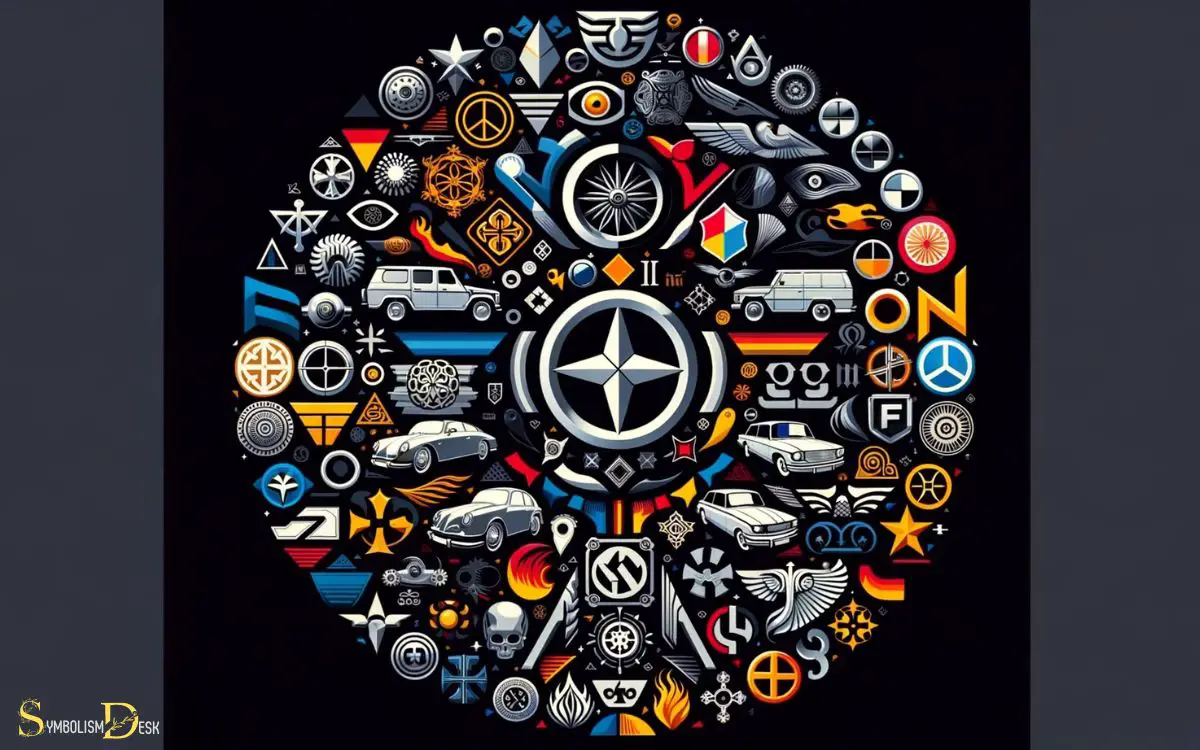
Here are some common elements found in German car logos:
- Crests and Shields: Reflecting a sense of tradition and heritage, many German car logos feature crests or shields, symbolizing strength and a longstanding legacy.
- Stars: Often seen in German car logos, stars are used to symbolize excellence, innovation, and pioneering achievements.
- Wings: Representing speed, agility, and the ability to soar to new heights, wings are a popular symbol in German car logos, emphasizing the performance and aerodynamics of the vehicles.
- Circular Emblems: Circular shapes are frequently used to symbolize unity, continuity, and a seamless driving experience, reflecting the brand’s commitment to quality and reliability.
These symbols enrich the logos with deeper meanings, connecting the brand with its rich automotive history and values.
Influences on Car Model Names
Car model names often reflect historical and cultural ties, representing a connection to the roots and heritage of the brand.
Additionally, global market considerations play a significant role in the naming process, as car manufacturers aim to create names that resonate with diverse international audiences.
Understanding these influences provides insight into the thought processes behind the names of iconic German car models.
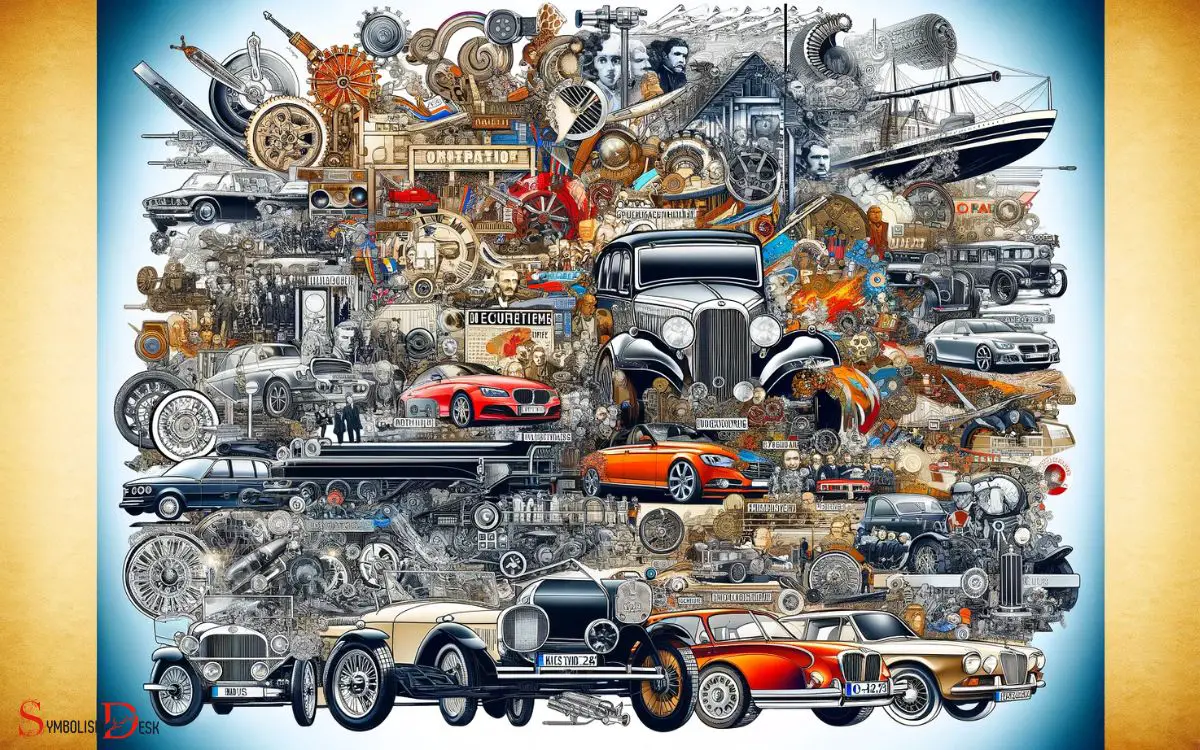
Historical and Cultural Ties
With a rich history and deep cultural influences, German car model names often reflect the country’s heritage and traditions.
This is evident in the way German car manufacturers draw inspiration from historical events, cultural references, and even geographical features when naming their car models.
For example:
- Historical Figures: Some car model names pay tribute to influential historical figures, such as scientists, artists, or political leaders.
- Geographical Significance: Certain car model names are derived from German cities, regions, or landmarks, highlighting the cultural and geographical significance of these places.
- Literary References: German car model names sometimes draw inspiration from iconic literary works, showcasing the country’s rich literary heritage.
- Cultural Symbols: Car model names may also be influenced by German cultural symbols and traditions, reflecting the values and beliefs held dear by the German people.
Global Market Considerations
Influencing factors from the global market significantly shape the names of German car models. When naming their car models, German automakers consider the linguistic and cultural implications in different regions.
They aim to avoid names that may have negative connotations or are difficult to pronounce in various global markets. Additionally, they consider the competitive landscape and the perception of their brand in different countries.
For example, a name that works well in the German market may not have the same impact in the United States or China.
Therefore, German car manufacturers conduct thorough research to ensure that the names of their models resonate positively with consumers worldwide.
Historical Significance of Car Emblems
When exploring the historical significance of car emblems, it becomes evident that these symbols have played a crucial role in representing the heritage and values of German automotive manufacturers.
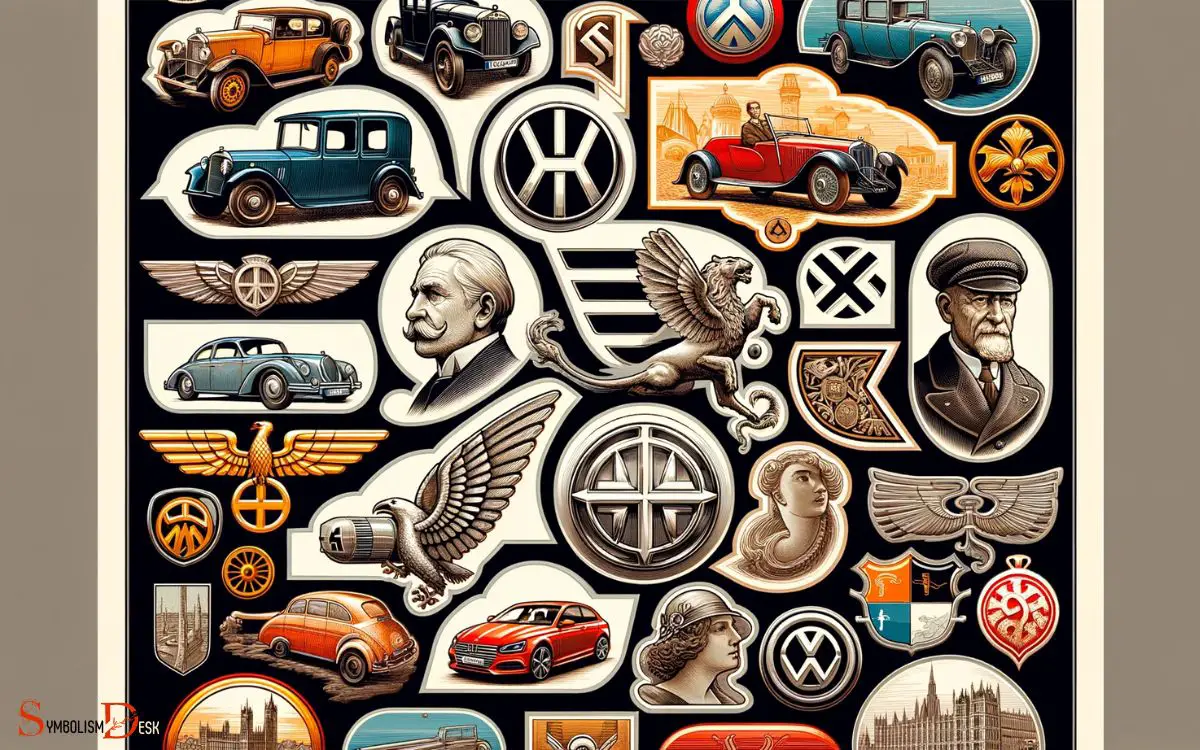
The emblems have evolved over time, reflecting the changing identity and aspirations of the brands.
- Emblems as a Reflection of Company Values: Car emblems often encapsulate the core values and historical milestones of the manufacturer.
- Evolution of Design: The transformation of emblems over the years mirrors the progression of design trends and technological advancements within the automotive industry.
- Cultural and Historical Context: Emblems are deeply rooted in the cultural and historical context of the German automotive industry, representing the country’s engineering prowess and innovation.
- Brand Identity and Recognition: Emblems serve as a visual identifier, fostering brand loyalty and recognition among consumers.
Modern Interpretations of Car Symbols
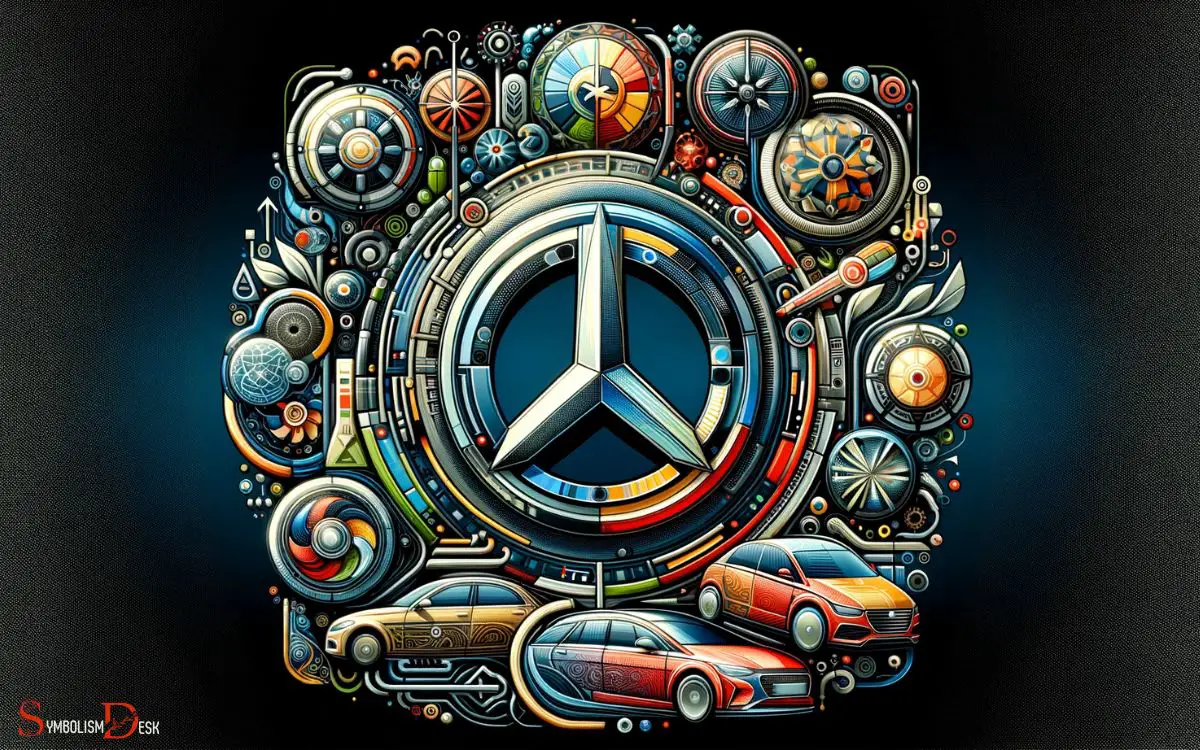
A significant number of modern car symbols from German manufacturers reflect a blend of tradition and innovation, embodying the evolving ethos of the automotive industry.
Emblems such as the iconic BMW roundel and the Mercedes-Benz three-pointed star have undergone subtle modernizations while staying true to their original designs.
These symbols now incorporate advanced materials and intricate detailing, symbolizing the fusion of heritage and cutting-edge technology in today’s automotive landscape.
Audi’s four interlocking rings have also evolved, representing the brand’s amalgamation with other companies under the Volkswagen Group.
Additionally, modern car symbols often integrate digital elements, such as adaptive lighting and illuminated badges, showcasing the industry’s embrace of technological advancements.
Conclusion
German car symbols and names have a rich history and deep symbolism. Did you know that the average German car logo contains around 7 different elements?
This attention to detail reflects the precision and craftsmanship that German car manufacturers are known for. From the origins of car symbols to the modern interpretations, these iconic emblems and names continue to captivate car enthusiasts around the world. This level of meticulous artistry is not exclusive to German automakers, as the automotive industry as a whole thrives on the symbolism and heritage embedded in its branding. For instance, french car symbols explained in detail reveal a similarly rich history, often rooted in national pride and cultural significance. These emblems, much like their German counterparts, serve not only as identifiers but as enduring representations of innovation and legacy.




